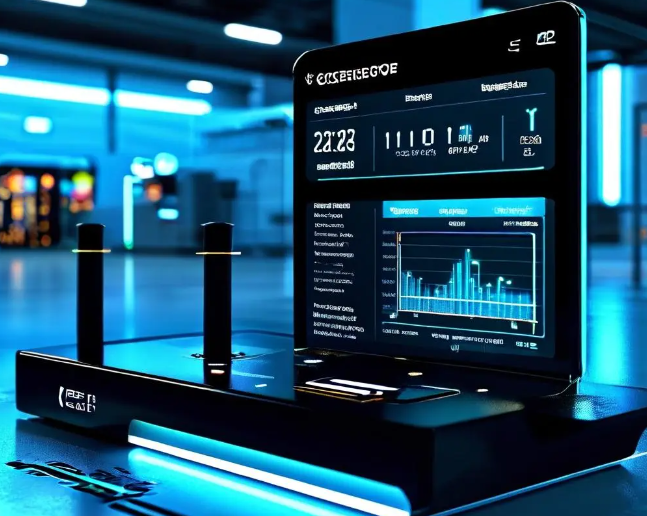The system framework of the charging station management platform aims to establish an efficient, stable, and secure charging service ecosystem, ensuring the smoothness of charging services, the high quality of user experience, and the convenience of operation management. Typically, this system framework encompasses the following key layers:

1.Frontend User Interface Layer: Directly facing end-users, it provides a user-friendly interface for functions such as charging pile location, navigation, charging reservation, payment settlement, etc. Adopting responsive design ensures a seamless experience across different devices and integrates map services for precise positioning.
2.Mobile App & Web Service Layer: Serves as a bridge between the user interface and backend systems, handling data reception and responses, implementing user authentication, transaction processing, information push notifications, etc. Communicates with backend systems through RESTful APIs to ensure secure and efficient data exchange.
3.Business Logic Layer: Handles complex business rules, including billing strategy calculations, coupon applications, user level management, order processing logic, etc. Designed based on a microservices architecture to ensure loose coupling between services, facilitating scalability and maintenance.
4.Data Processing & Analytics Layer: Collects and processes real-time data from charging piles, such as charging status, power consumption, and equipment health status. Utilizes big data technologies for storage management and analysis, supporting operational decisions. Additionally, applies machine learning algorithms to predict charging demand and optimize resource allocation.
5.Device Management & Communication Layer: Connects with individual charging piles through Internet of Things (IoT) technologies, enabling remote monitoring, fault diagnosis, firmware upgrades, etc. Employs protocols like MQTT to ensure low-latency, high-reliability device-to-device communication.
6.Security & Authentication Layer: Runs throughout the entire system, responsible for user data encryption, access control, and prevention of malicious attacks. Implements protocols like OAuth2 and SSL/TLS to secure data transmission and manages user authentication and authorization.
7.Cloud Infrastructure Layer: Provides elastic computing, storage, database services, and other infrastructure support, ensuring the scalability and high availability of the system. Leverages cloud service providers' auto-scaling capabilities to address peak demand periods.
Through this systematic framework design, the charging station management platform comprehensively covers all aspects from user interaction to backend data processing, from device monitoring to security safeguards, offering convenient and efficient charging services to electric vehicle users while assisting operators in achieving efficient and refined operational management.




